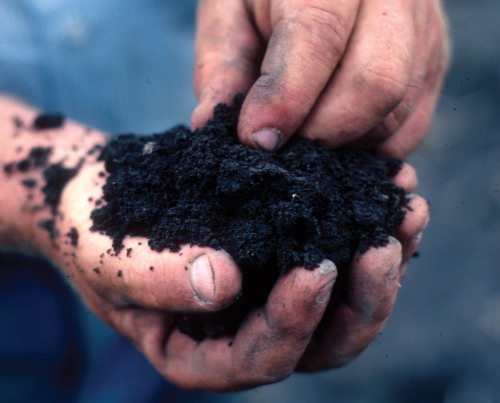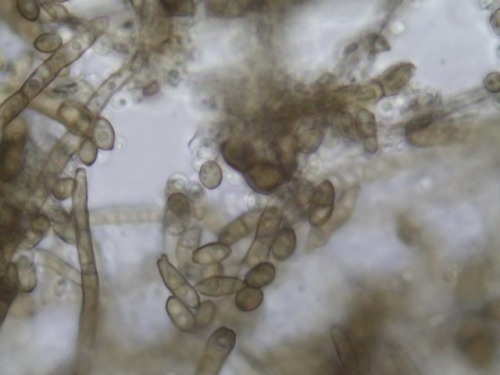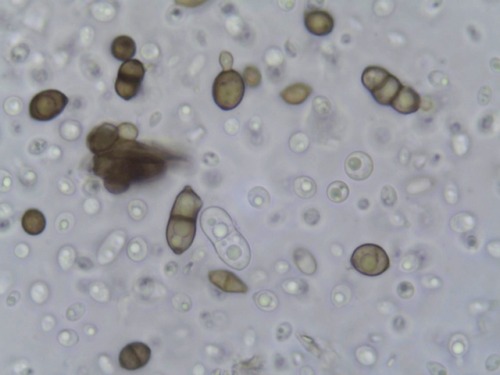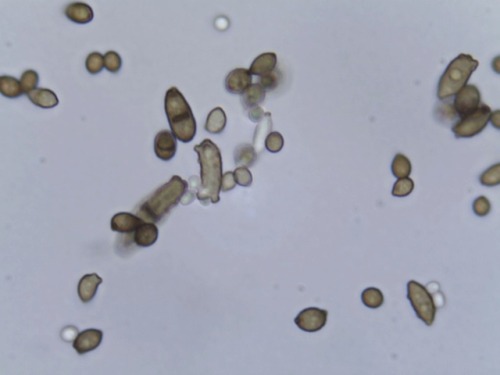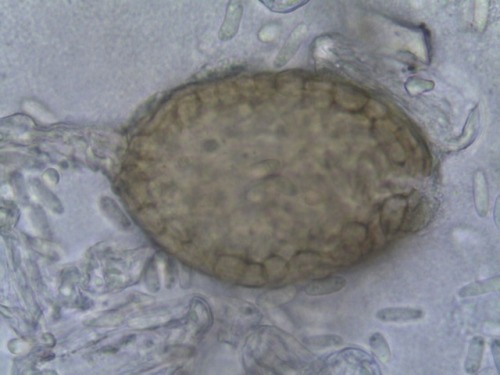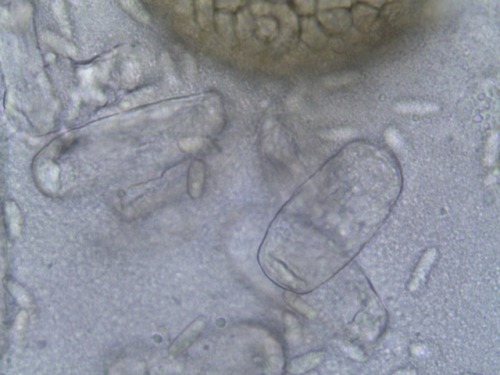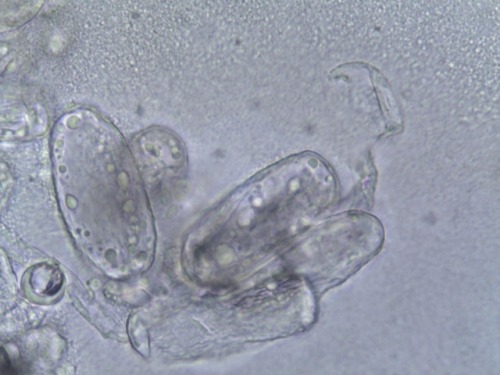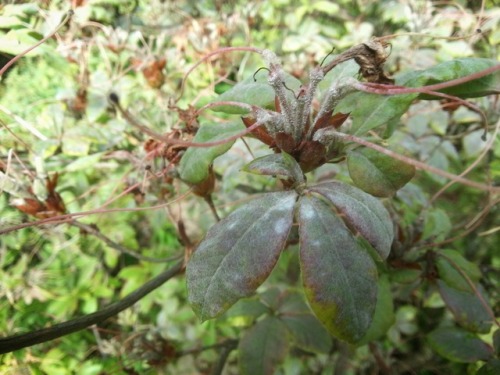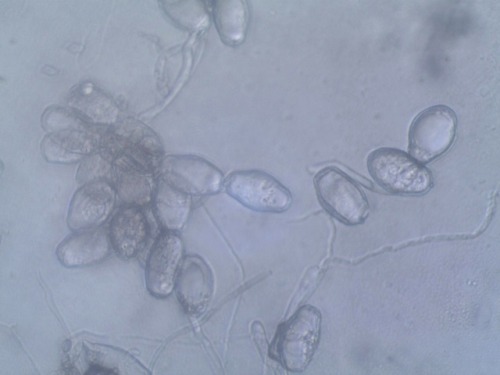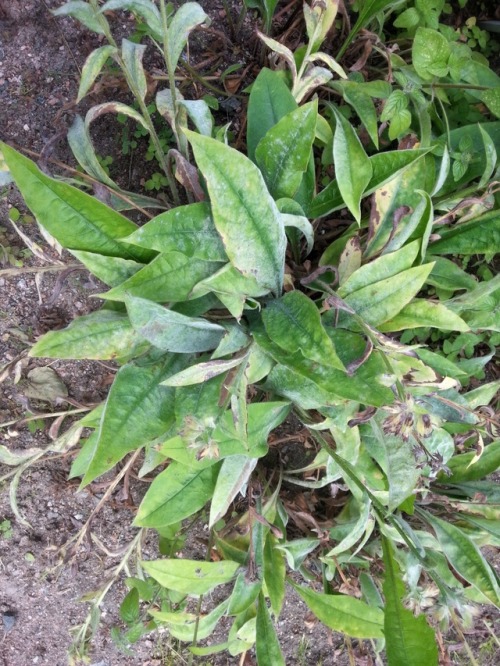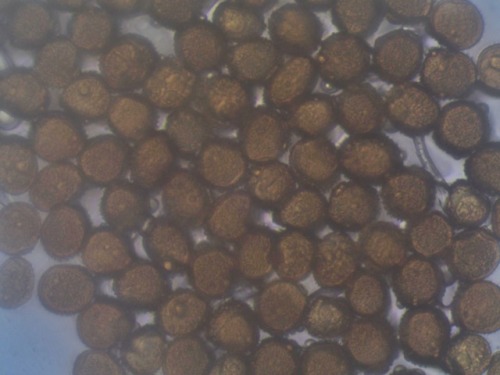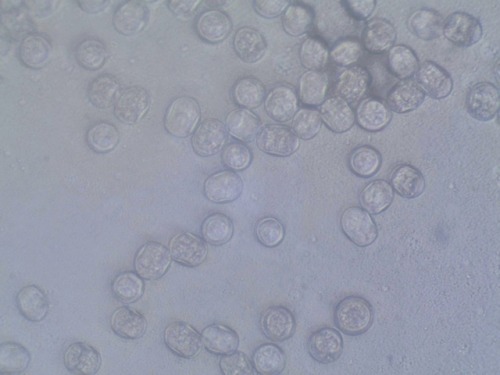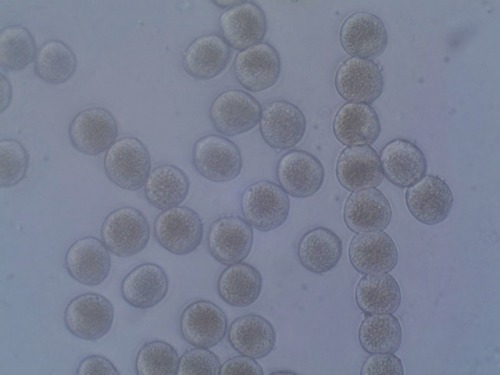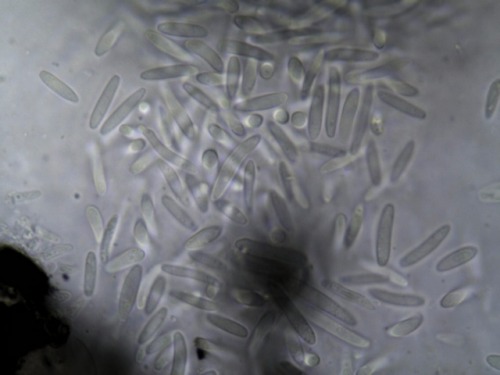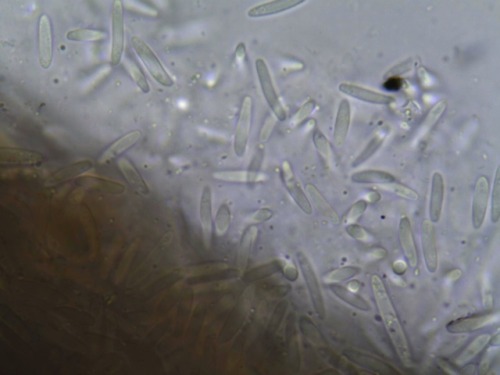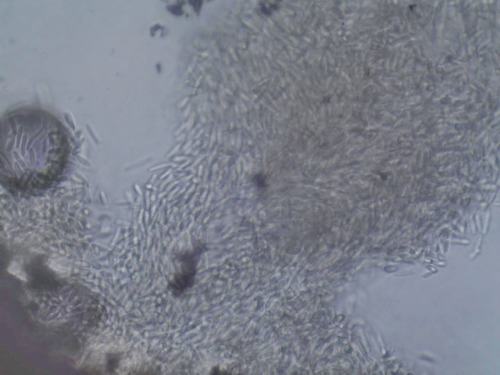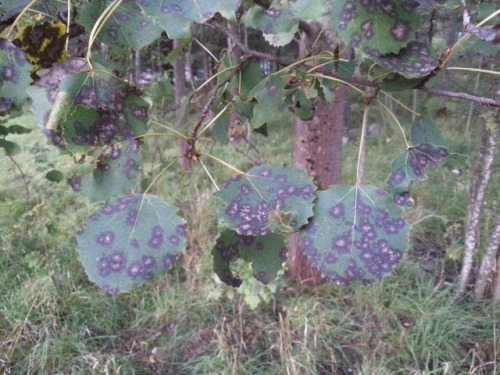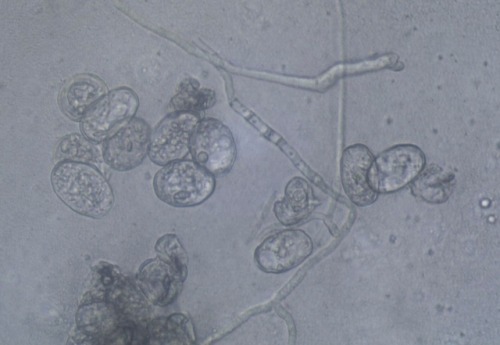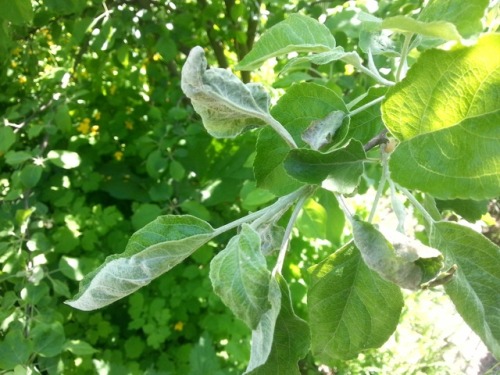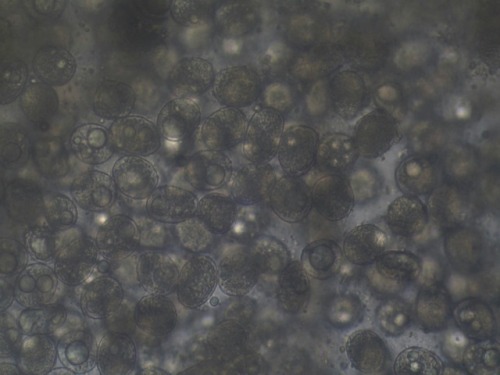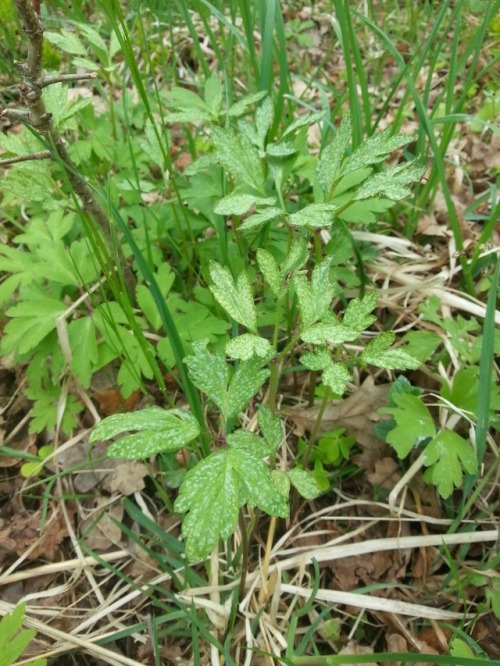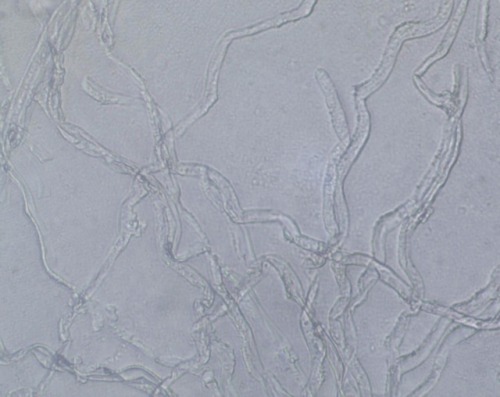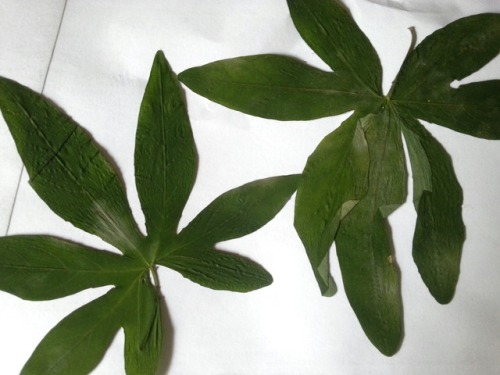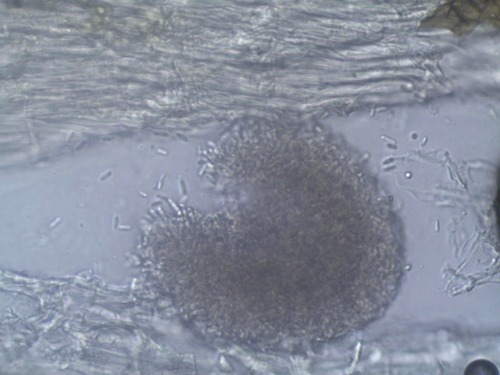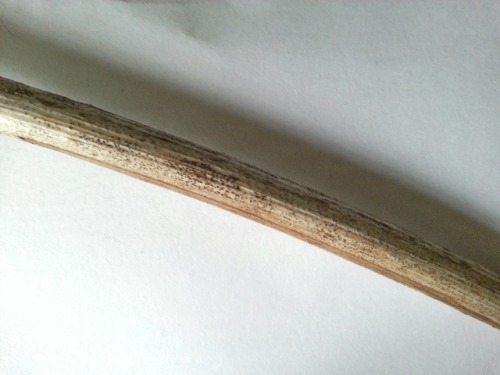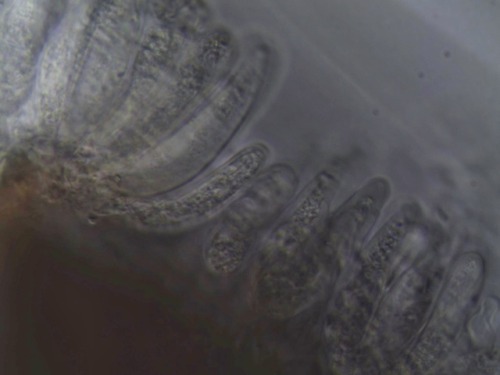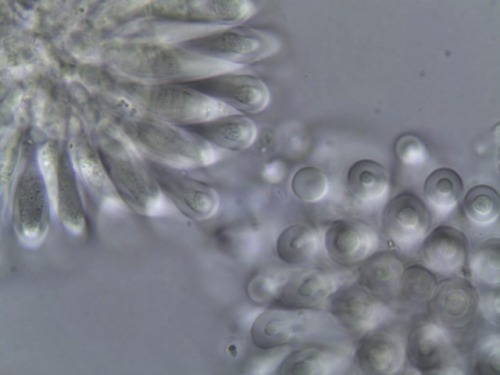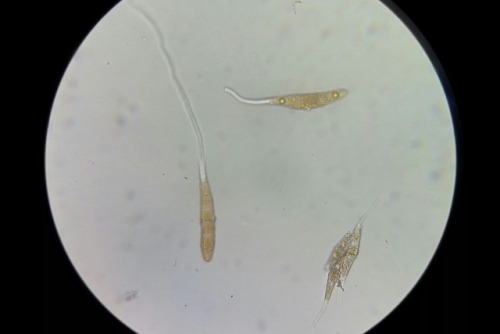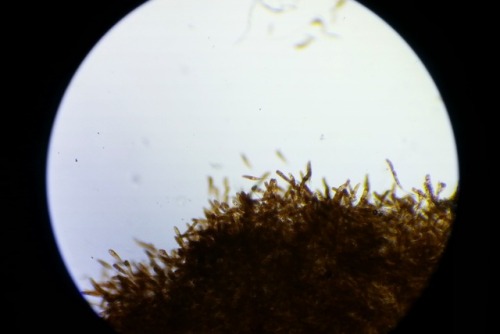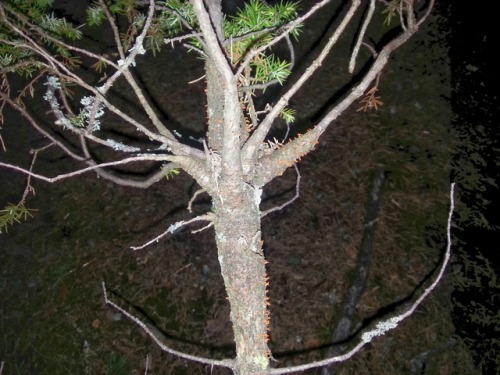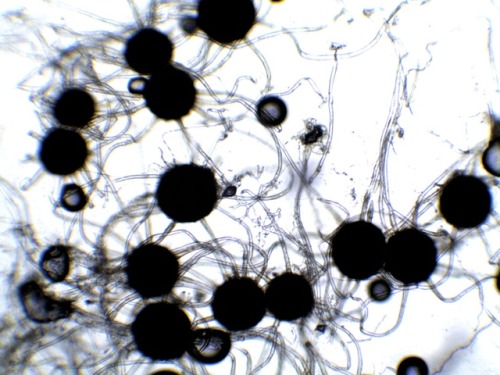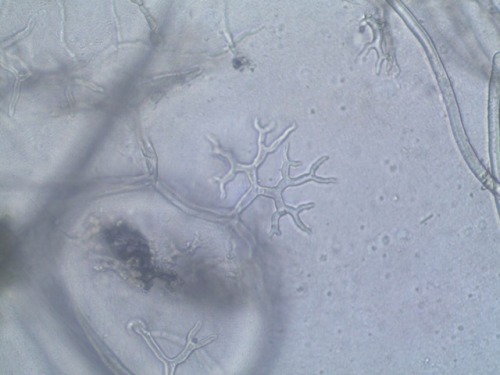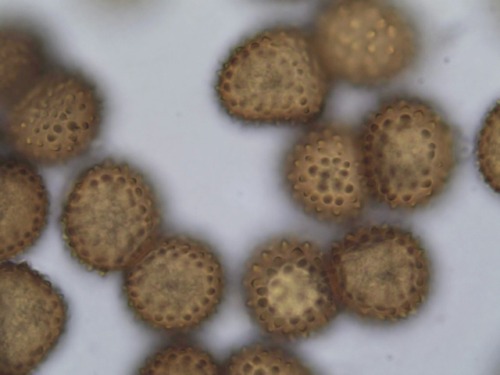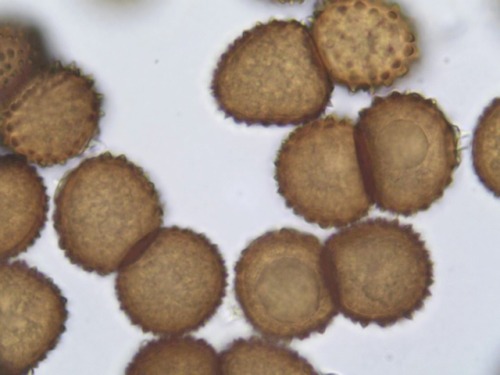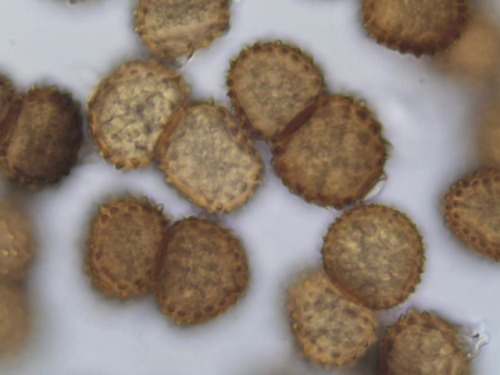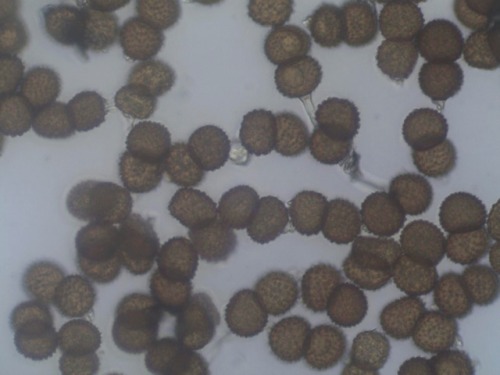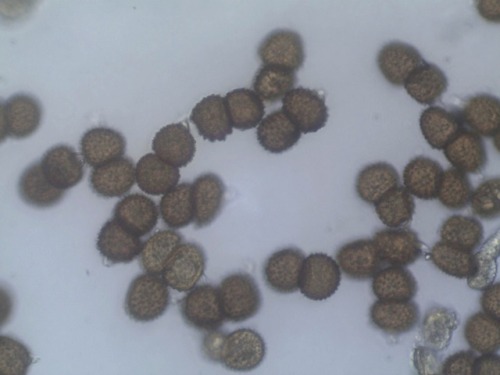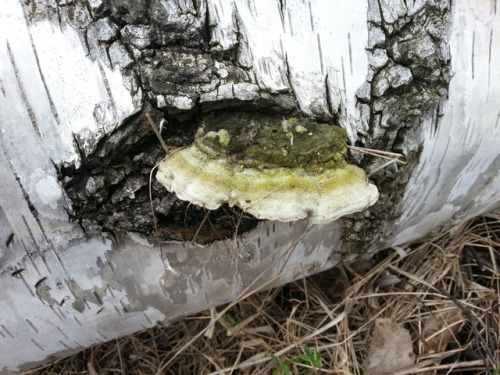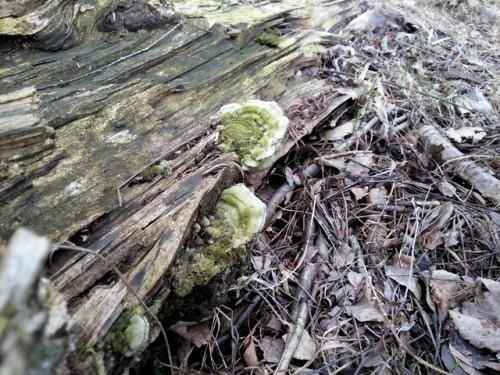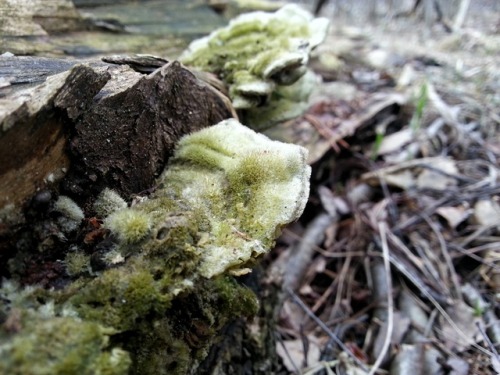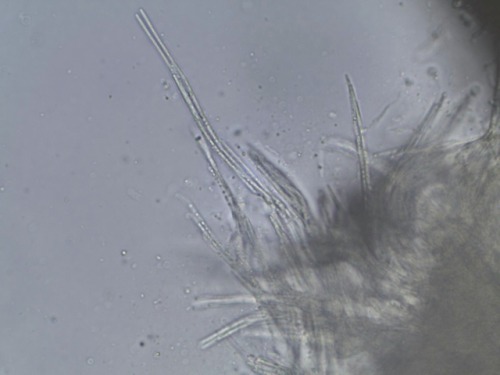#plant disease
More crop per drop: growing food with less water
Partial root drying allows some crops – everything from tomatoes to grapes – to be grown using up to half as much water, while producing about the same amount of fruit.
Of all the fresh water people use, more than two thirds is used for agriculture. Increasingly, water is in short supply in many important food-producing regions of the world and, as pressure on water use rises, so can the price of food. This is particularly important in drought-prone countries like China.
Partial root drying, developed by Professor Bill Davies and his team at the University of Lancaster, works like this: When one side of a plant’s roots are starved of water, signals are sent to the leaves to slow their growth, reducing water use. These signals also tell the plant to close leaf pores called stomata, reducing water loss.
Although the growth rate of the leaves declines, because the other side of the plant is being watered, it doesn’t wilt and carries on producing fruit. Alternating which side of the plant receives water prevents roots from dying in very dry soil.
In the area around Wuwei City in China, between 30,000 and 40,000 Olympic swimming pools’ worth of irrigation water is being saved each year by using this and other similar techniques.
Images:BlueRidgeKitties,NRCS Soil Health,allpossible.org.uk
Post link
How plants put up a fight
They might look weedy but plants know a thing or two about defence. When confronted by harmful bacteria, plants use sophisticated pattern recognition ‘software’ to seek and destroy. However some bacteria can bypass the system, weakening defences by releasing molecules known as ‘effectors’.
Professor Murray Grantand team from the University of Exeter have discovered that chloroplasts, the powerhouse behind photosynthesis, play an key role in plant defence. The team found that effectors produced by pesky pathogens damage chloroplasts and lead to molecular changes that allow bacteria to take hold. Pre-treating plants with molecules from microbes protect chloroplasts from bacterial effectors and the damage they cause.
Engineering intervention strategies to protect chloroplasts could help provide resistance for plants, and vital food crops at risk from infection.
Image credit: Professor Grant Murray, University of Exeter
In the images above, red coloured leaves have healthy chloroplasts. Images that are yellow, through to green, to blue represent leaves with increasingly damaged chloroplasts.
Post link
The sooty moulds (fungi) collected and observed from different hosts (Trochetiopsisxbenjaminii,Sonchus fruticosus andFicus carica) from the greenhouse.
Post link
Ampelomyces quisqualis -hyperparasite fungus producing conidiospores (small spores) on its host fungus (Erysiphe azalea; bigger hyaline spores) that lives on Rhododendron azalea.
Post link
Polystigma rubrum -fungus causing yellowish-brown lesions on plum tree leaves (Prunus domestica).
Post link
Germinating conidiospores of the fungus Golovinomyces cynoglossi (Erysiphales) on lungwort (Pulmonaria montana).
Post link
An Oomycete called Pustula obtusata (fungus-like eukaryotic organism) causing chlorosis on Inula salicinaleaves.
Post link
Puccinia caricina -rust fungus on common nettle (Urtica dioica). The fungus produces aeciospores on nettle but other spore types (urediospores and teliospores) on different Carexspecies.
Post link
Plenty of conidiospores of powdery mildew fungus (Podosphaera leucotricha) on an apple tree (Malussp.).
Post link
Anemone-Rosaceae rust fungus (Ochropsora ariae) on wood anemone (Anemone nemorosa). Aeciospores are seen in the pictures.
Post link
My workmate brought me these diseased Passiflora caerulea -leaf samples. The fungus causing the powdery mildew symptoms was identified as Pseudoidium passiflorae fungus. That is the anamorph (asexual stage) of the Erysiphe sp. fungus, producing single conidia on the conidiophores that rises from the mycelium. The multilobed appressoria are also seen in the pictures.
Post link
Mycosphaerella stemmatea -fungus is causing leaf spot disease on lingonberry (Vaccinium vitis-idaea).
Post link
Gymnosporangium clavariiforme -rust fungus causing disease on juniper (Juniperus communis). Teliospores are seen in the pictures.
Post link
Erysiphe symphoricarpi -powdery mildew fungus infecting western snowberry (Symphoricarpos occidentalis). Chasmothecia were densely clustered on the leaves. The appendages of the chasmothecia are clearly dichotomously branched, tips not recurved.
Post link
Root rot causing fungus (Armillaria mellea -group) producing rhizomorps on Norway spruce (Picea abies).
Post link
Tranzschelia pruni-spinosae -fungus causing rust disease symptoms on the leaves of a plum tree (Prunusdomestica). Plenty of asexual urediospores are seen in the pictures taken with a microscope.
Post link


